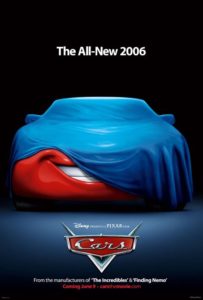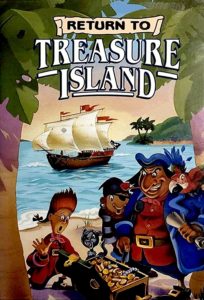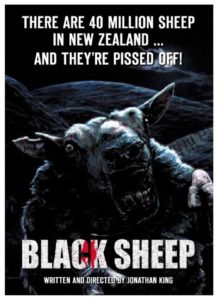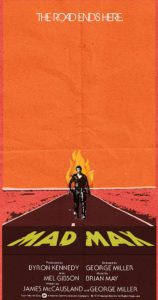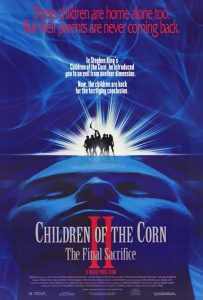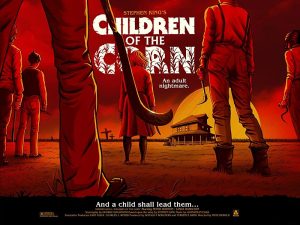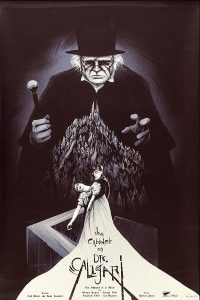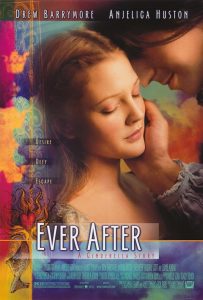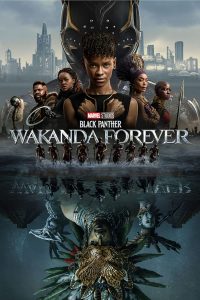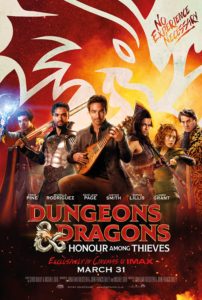 A very long time ago, someone made a movie about (and called, I believe?) Dungeons and Dragons. It was… it was not a good movie.
A very long time ago, someone made a movie about (and called, I believe?) Dungeons and Dragons. It was… it was not a good movie.
Honor among Thieves, on the other hand, was a good movie indeed. It’s hard to explain, though, because of the various tacks one could take. Plot? It’s half heist movie, half family drama, and half redemption arc, all rolled into a fantasy comedy made by people who not only understand all the facts about how a D&D campaign works, but also what playing in one is like. Like, Michelle Rodriguez’ barbarian? I have played that character before. (I was a wizard at the time, and it wasn’t strictly speaking a Dungeons and Dragons game, but…) That paladin? Is what I have been waiting to see my whole life that would make me want to play a paladin or have one in a game I was involved with, as opposed to the choice of either a) person with a stick up their ass who exists to ruin the adventure for everyone else or b) person who should have just been a fighter instead, since they never did anything even vaguely religious. (The second one is better, but still, what a waste.) Chris Pine’s bard was… okay, I don’t think anyone can fix bards for me, and delving any deeper would stop this from having an even tenuous claim on being a movie review. But my point is, he made a valiant effort!
So, to sum up, it was a rollicking good fantasy comedy that made me want to go home and sit around a table with my friends doing something similar for multiple hours per week. Movie: check. Full length advertisement for a Tactical Strategy Rules TSR, Inc. Wizards of the Coast Hasbro game: check.
And it had a heart. That’s not nothing.
